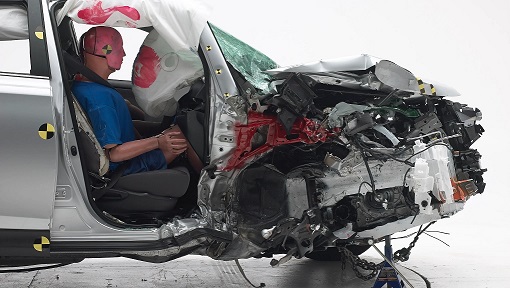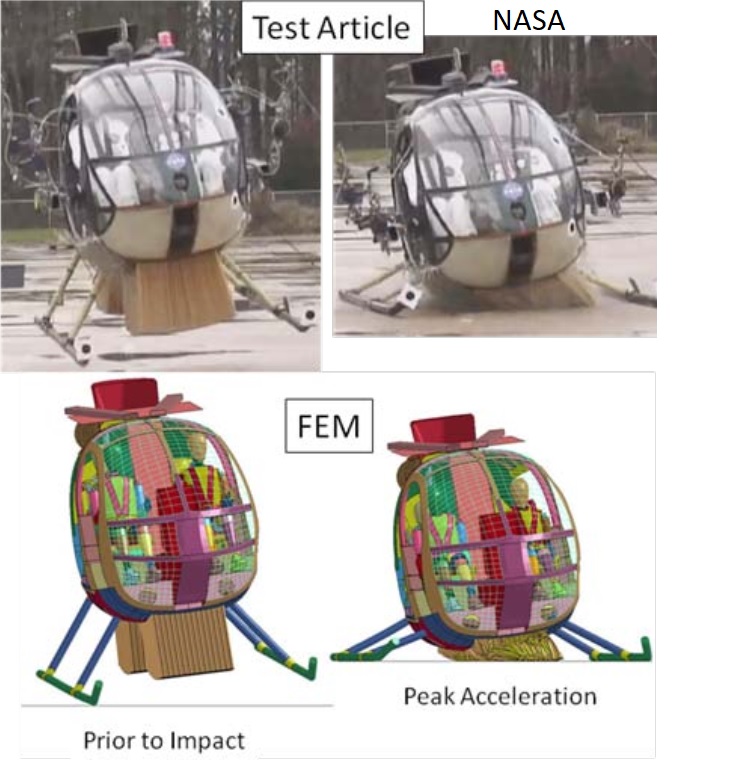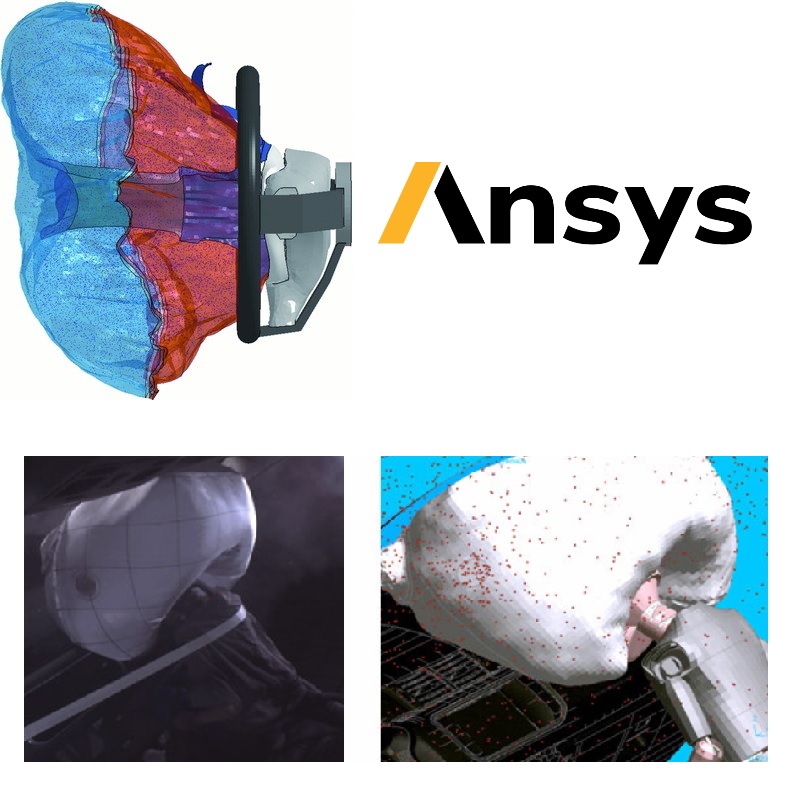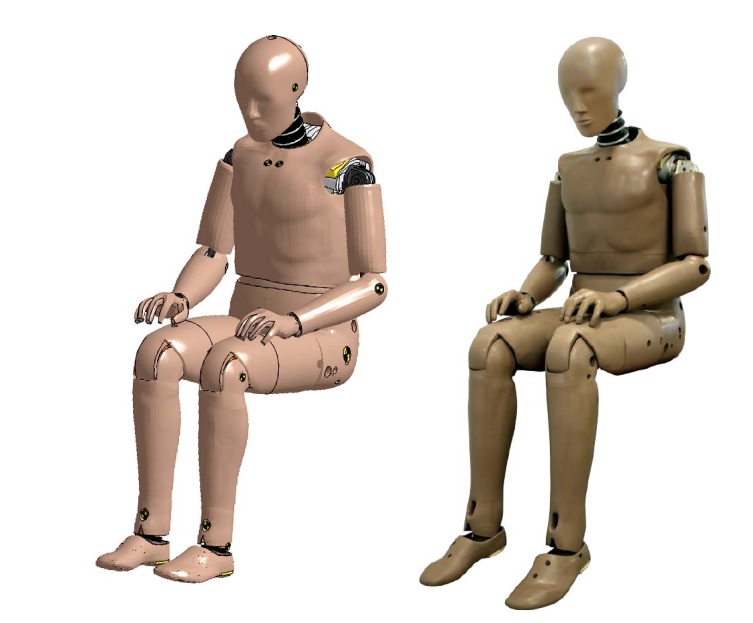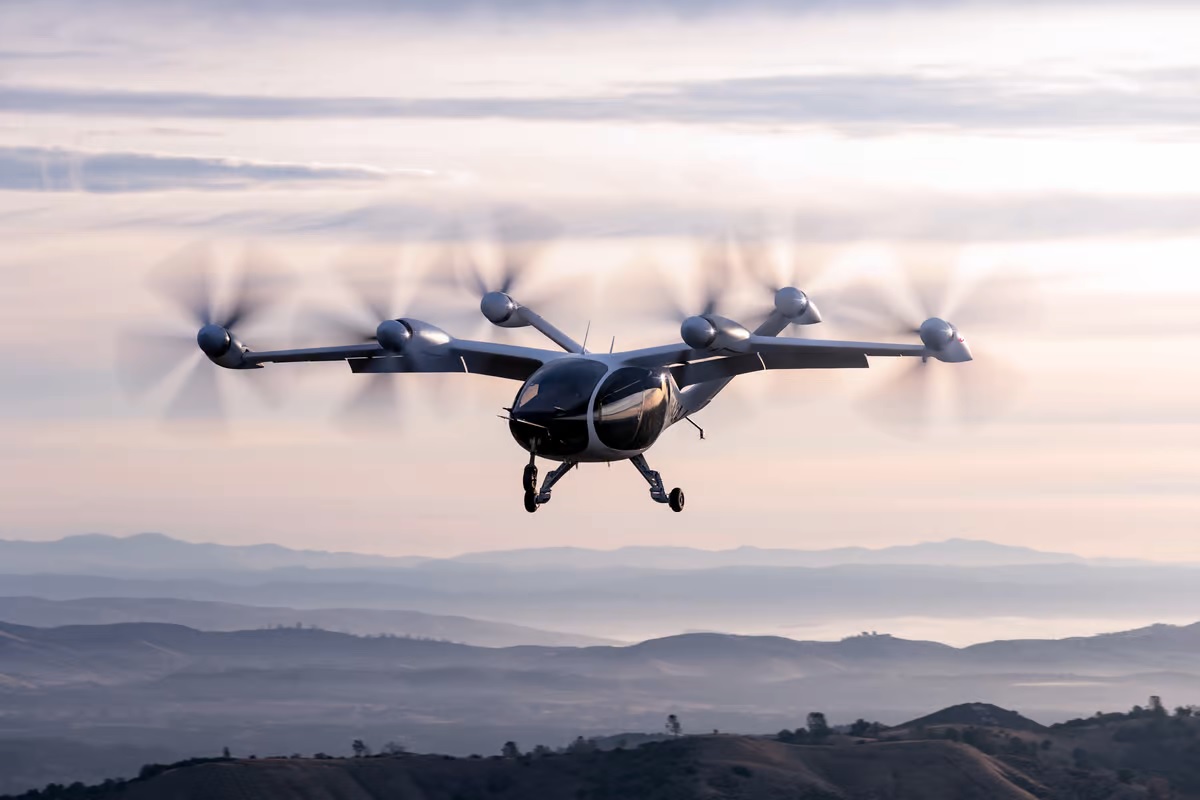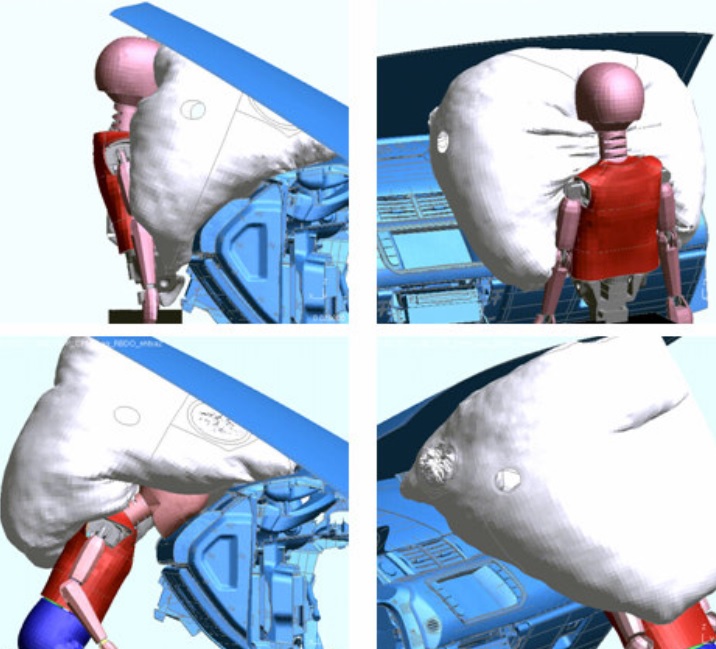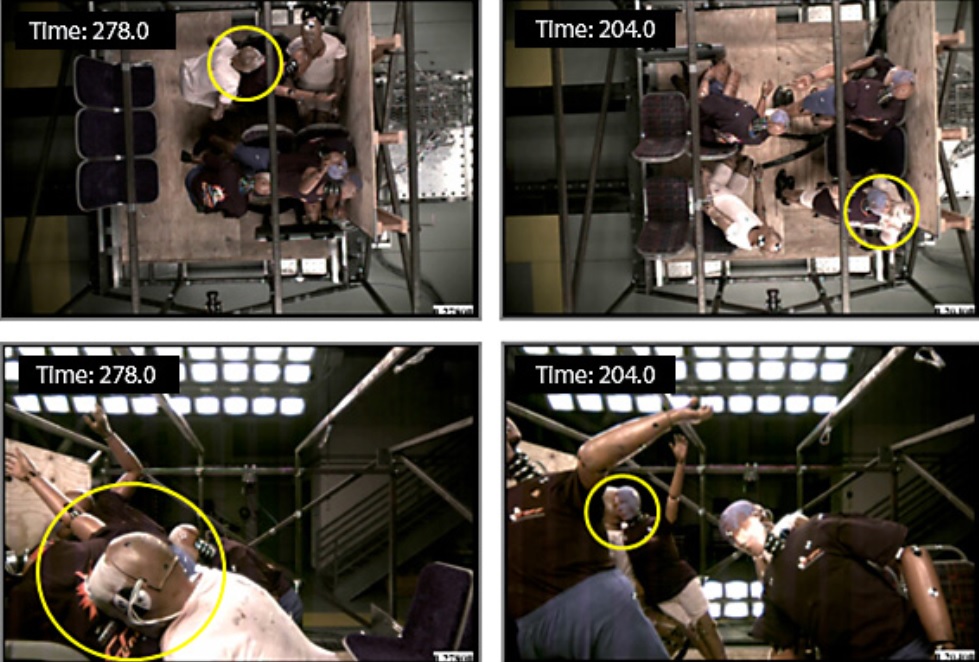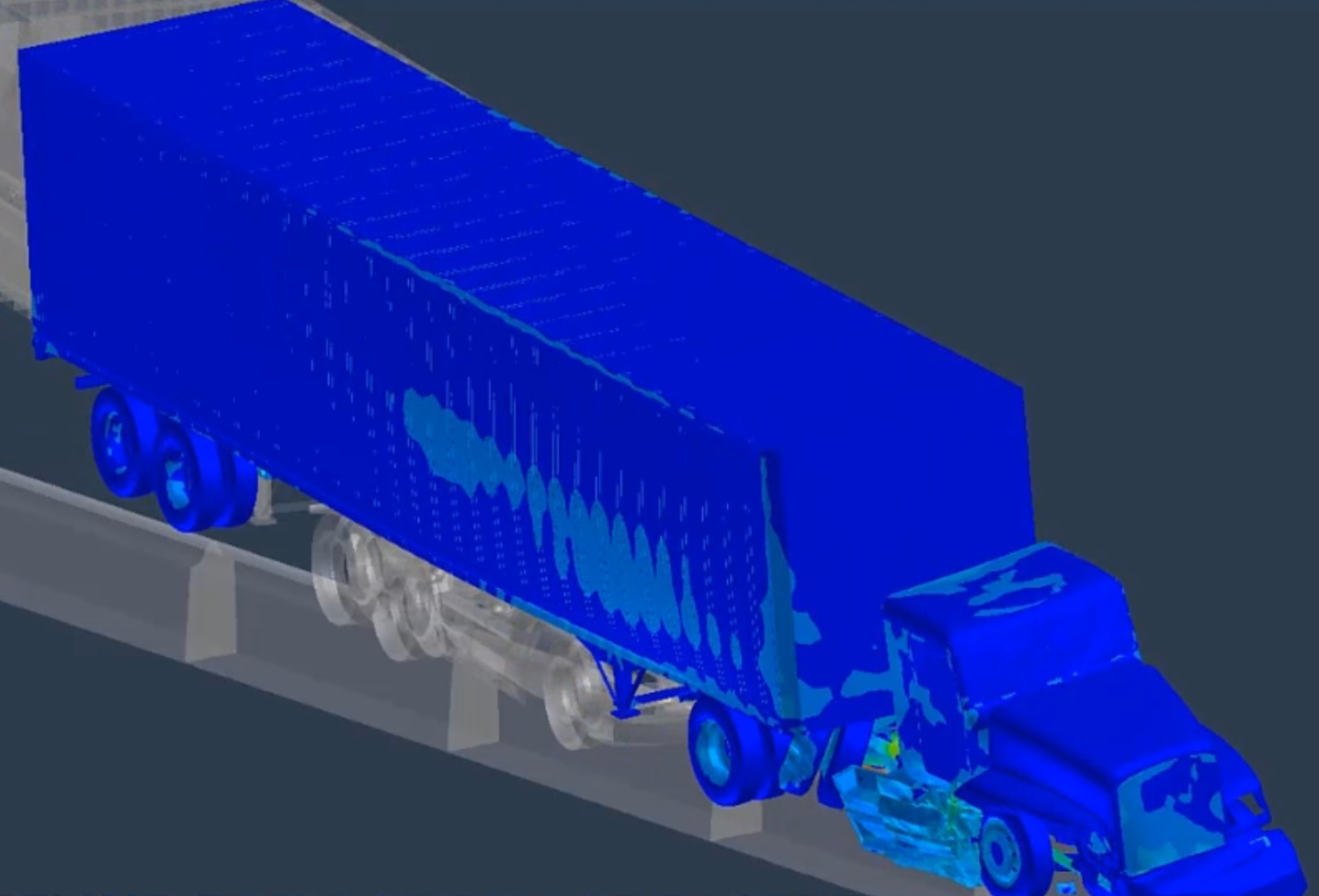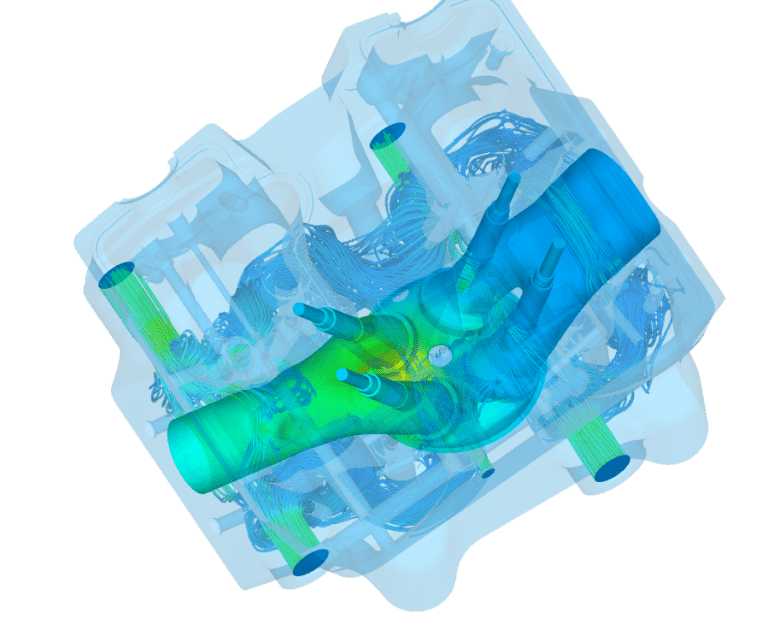Crash Test Simulation
Crash Test Simulation
Artificial Intelligence Analysis
FEA|CFD & AI Integration
Here at Simulation Dynamics, we use finite element simulation (FEA) for crash test and crashworthiness because it allows us to predict the behavior of the car structure and occupants during a crash without the need for physical testing. FEA enables our engineers to create a computer model of the vehicle and simulate the crash scenario using various materials and structural designs.
By using advanced Finite element solvers such as Ansys LS-Dyna, ESI Pam-Crash and Simulia Abaqus, we can assess the structural integrity and crashworthiness of the vehicle's components, such as the frame, body panels, doors, and roof, as well as the effectiveness of the occupant restraint systems, such as airbags and seatbelts. They can evaluate the vehicle's ability to absorb and dissipate crash energy, as well as the impact forces transmitted to the occupants.
Finite element simulation also allows us to conduct virtual testing on various design iterations, which saves time and resources compared to physical testing. We can optimize the design for crashworthiness and improve occupant safety by adjusting the vehicle's structure and materials before building the physical prototype. FEA helps us ensure that their vehicles meet the required crash test standards(Euro NCAP, NHTSA, IIHS, MLIT, ANCAP, CATARC) and regulations, as well as exceed them in terms of safety performance.
Contact US and Discover Solutions

